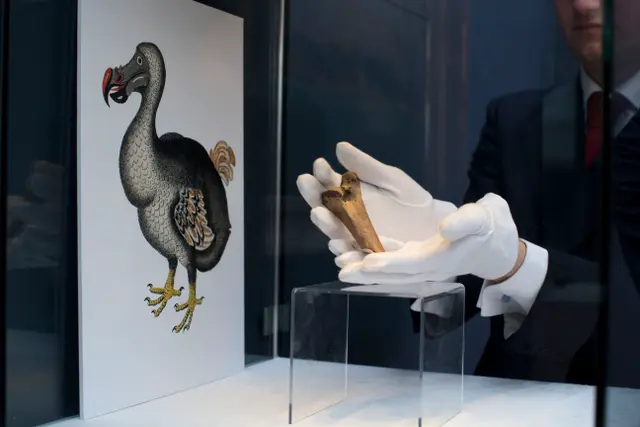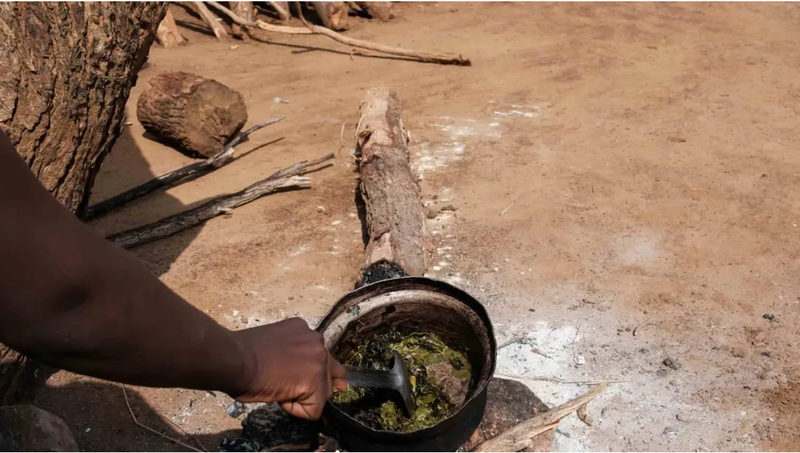Scientists Vow to 'De-Extinct' Dodo Bird
Colossal Biosciences, the company that aims to revive the wooly mammoth and Tasmanian tiger, said Tuesday that it also plans to launch a project to "de-extinct" the dodo bird and reintroduce it into the wild after 361 years.

Facts
- Colossal Biosciences, the company that aims to revive the wooly mammoth and Tasmanian tiger, said Tuesday that it also plans to launch a project to "de-extinct" the dodo bird and reintroduce it into the wild after 361 years.
- The billion-dollar Texas-based startup has raised another $150M for the project for a total of $225M, with the company now valued at $1.5B.
- Though Colossal is a genetics engineering company and conducts separate work, such as developing innovations for labs, CEO Ben Lamm said, "De-extinction is our primary goal and north star."
- The company says it has decrypted the entire genome of the dodo bird, but it will now have to learn how to put those genes into a living animal. The project's lead geneticist, Beth Shapiro, said the next step is to compare it to the genes of closely-related birds such as the Nicobar pigeon.
- If successful, scientists would have to see whether a modern-day bird would know how to raise a dodo if it were eventually to hatch one. Another uncertainty is whether the island of Mauritius, where the bird was last seen in the late 17th century, would be able to host the species as it has since lost 60% of its native forest cover.
- Another one of Colossal's goals is to protect the environment. The company believes reviving the wooly mammoth would help sustain plant life in the frozen tundra, where the animal once destroyed certain trees that hindered the growth of important plants.
Sources: Independent, Business Insider, Axios, BBC Science Focus, Magazine, and BGR.
Narratives
- Narrative A, as provided by Futurism. De-extinction projects won't just be for centuries or millennia-old animals, as there are countless species currently dying out all across the world. If we can learn to perfect the process, not only will individual animals be saved, but also the ecosystems in which they lived and helped maintain. Look no further than Siberia, which used to be a grassland fertilized by the wooly mammoth.
- Narrative B, as provided by Newsweek. Though some value could be found in examining animals not seen for centuries, the negative consequences seem to outweigh the positives. Regarding animal safety, would these surrogate bird mothers be treated well or simply used and abused for the sake of human curiosity? And couldn't these resources be better spent on protecting the wildlife we currently have? Even if the intentions are good, conservation efforts should be prioritized over pet projects like this.






